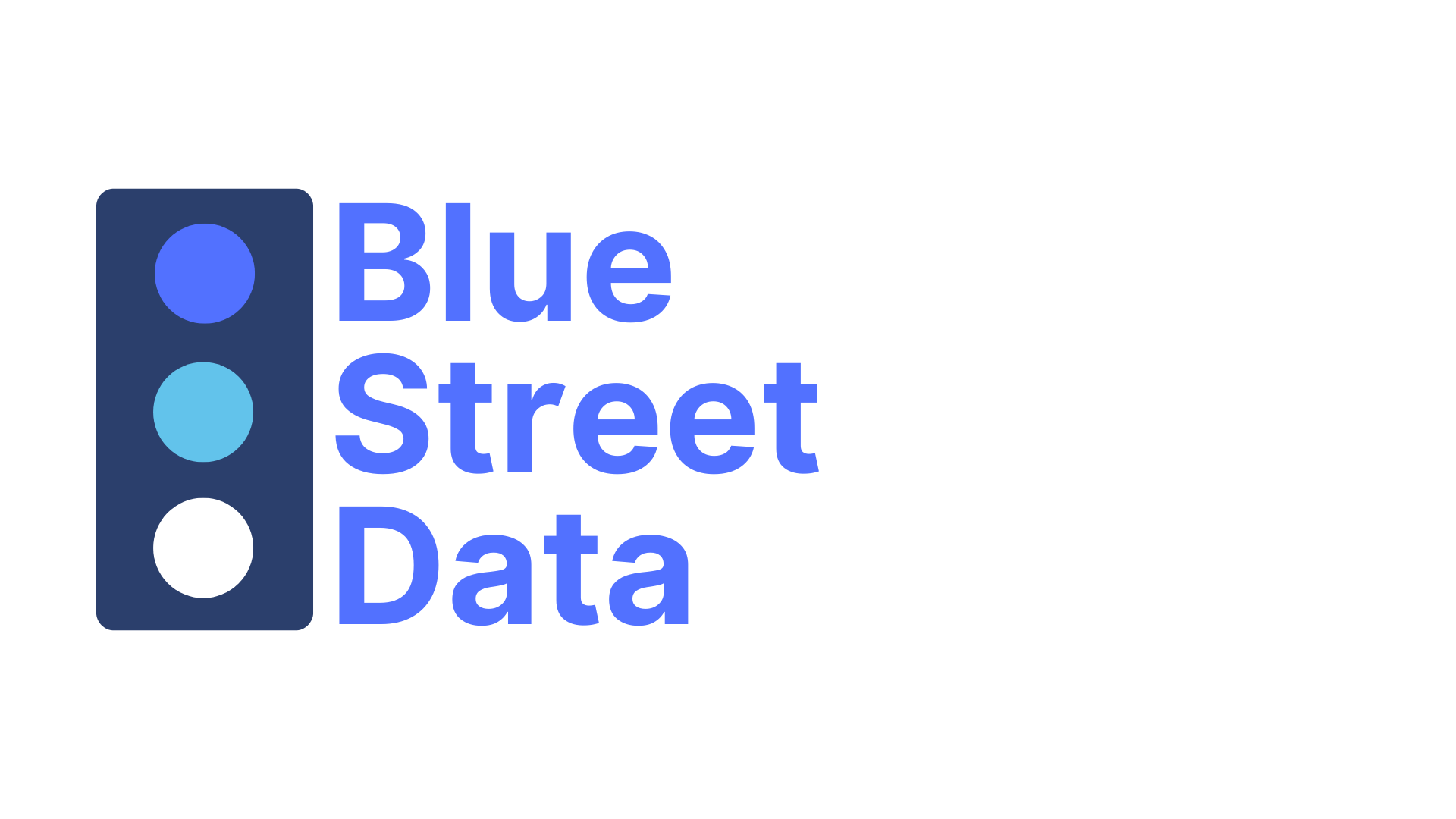When just one shipment is delayed, it can ripple through your entire production line—driving up costs, missing deadlines, and hurting your bottom line. In fact, McKinsey estimates that supply chain disruptions can eat up 45% of a company’s annual profits.
But with external data, these disruptions don’t have to catch you off guard.
From weather alerts and geopolitical unrest to market trends and logistics updates, manufacturers can now use third-party data to anticipate risks and adjust operations before problems arise.
Why External Data Helps You Stay Ahead of Supply Chain Disruptions
✅ Reduce risk by forecasting disruptions before they hit your facility
✅ Lower costs by minimizing last-minute shipping fees and material shortages
✅ Increase revenue by keeping production on track and customers satisfied
✅ Make smarter decisions with a wider lens on global market activity
How It Works
🔹 Combine supplier performance data with external factors like weather, port delays, and political events
🔹 Train machine learning models to predict delays, shortages, or price spikes
🔹 Monitor logistics, transport infrastructure, and material costs in real time
🔹 Use predictive analytics to dynamically adjust procurement strategies and inventory levels
Real-World Impact: Saving Millions with Smarter Models
American Airlines faced mounting losses from cargo shipment no-shows. By using a machine learning model trained on historical booking data—and powered by external logistics inputs—they achieved 90% prediction accuracy and averted over $10 million in potential losses.
—
📩 Want to make your supply chain more resilient with the power of external data? Let Blue Street Data connect you to the signals that help you predict and prevent disruptions—before they impact your bottom line.
[Talk to a Data Expert]
—
